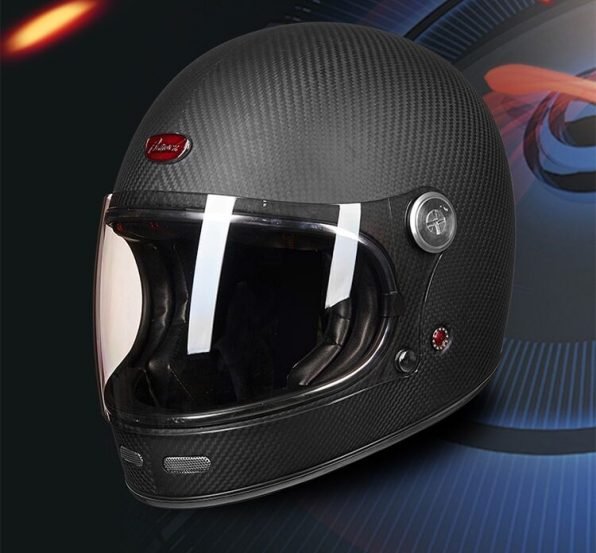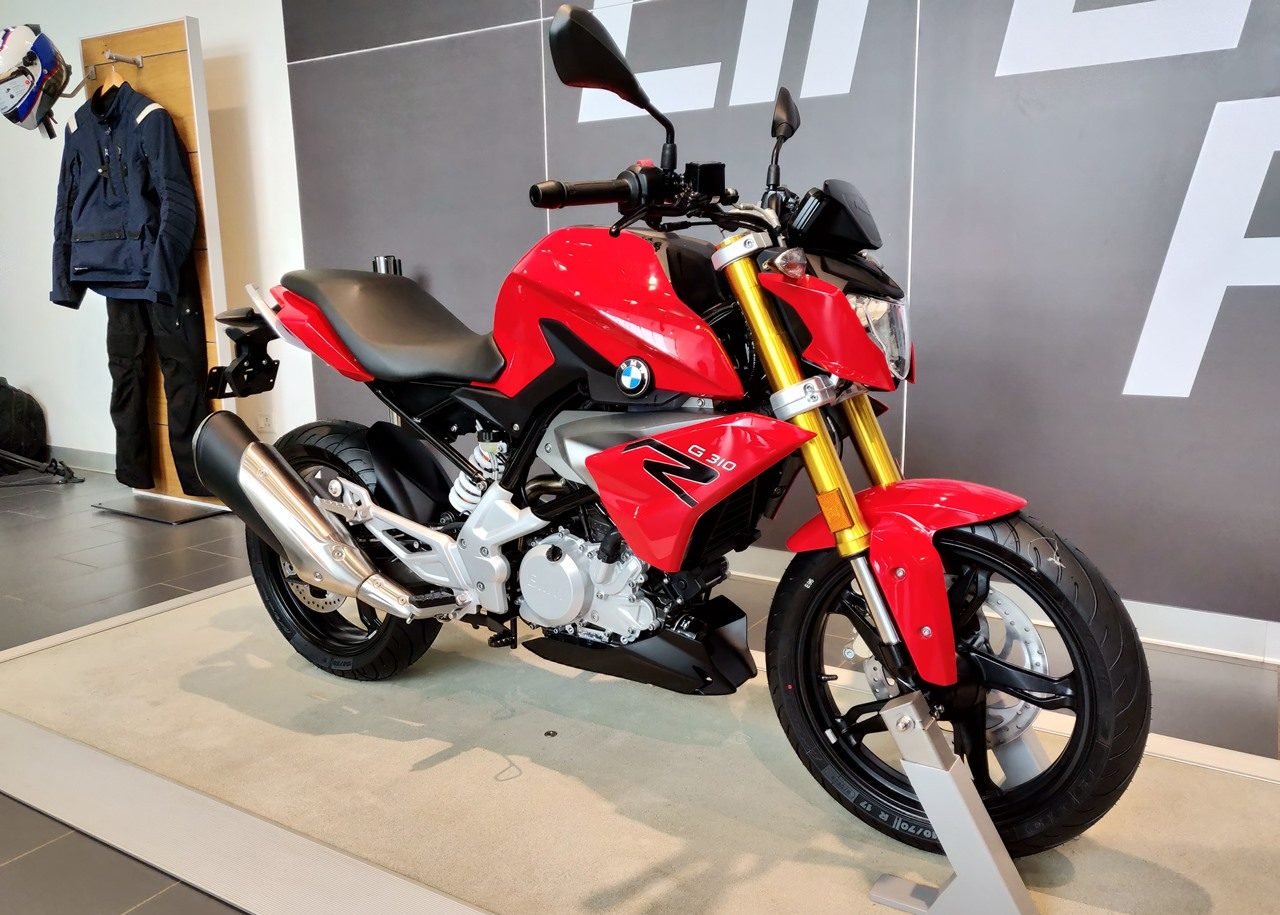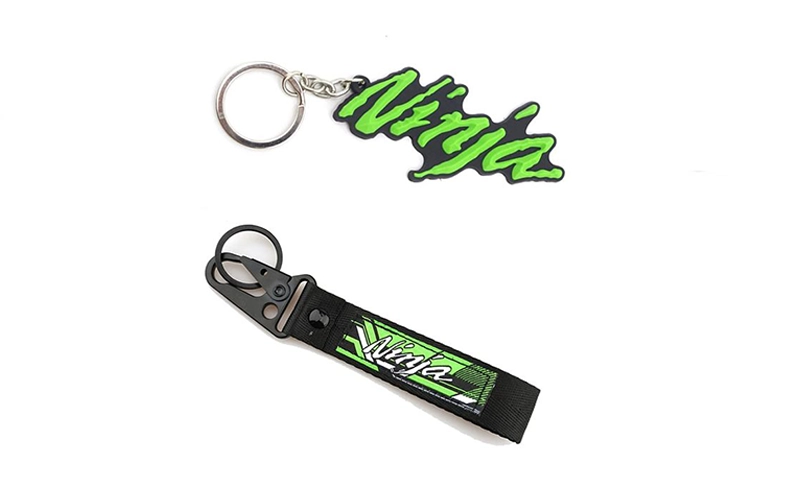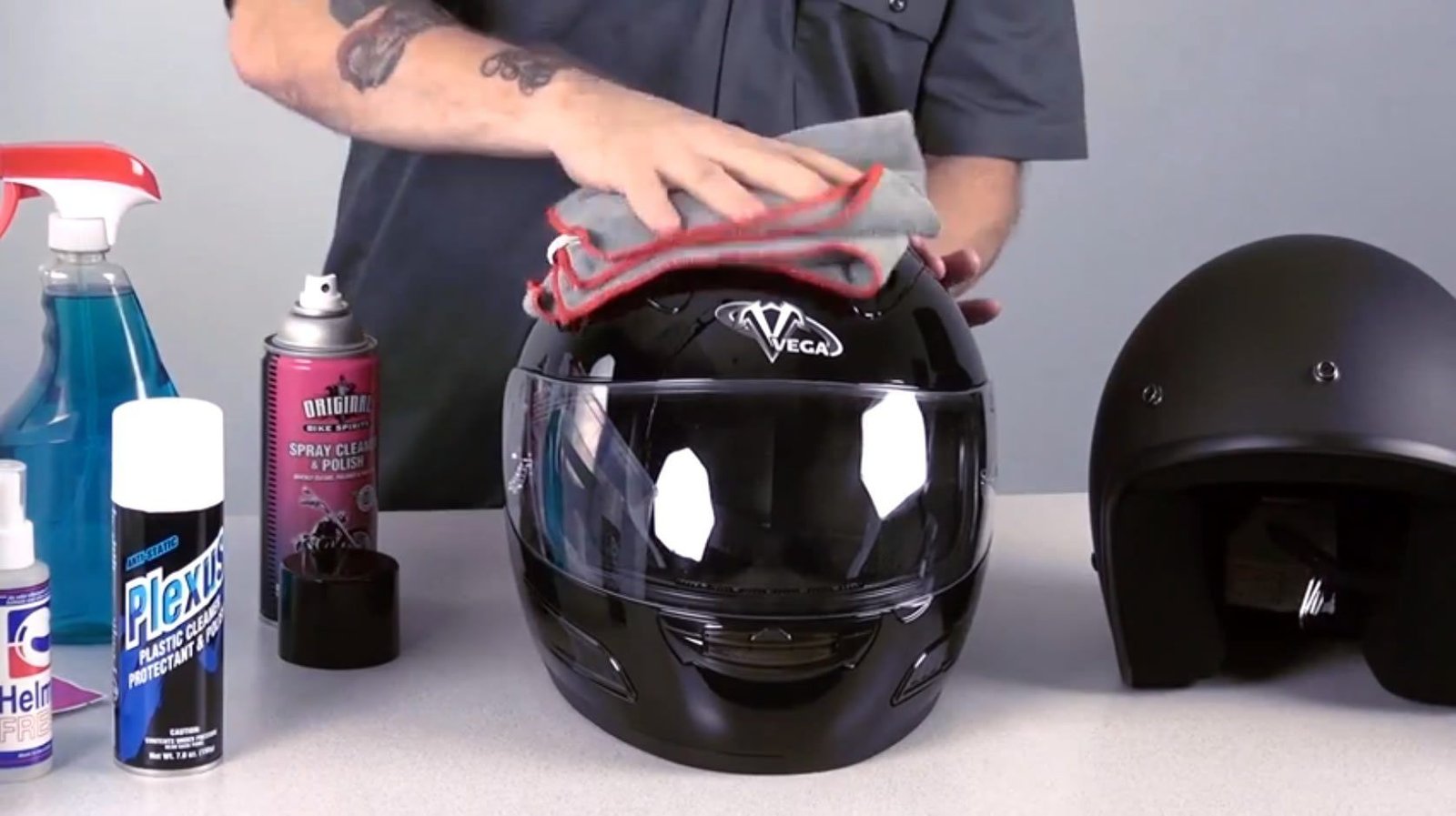When it comes to purchasing riding gear, nothing is more vital than a decent motorcycle helmet. Protecting a motorcycle rider’s head is important, but with so many types and brands available, selecting a motorcycle helmet may be as difficult as selecting the correct motorcycle.
Buying a motorbike helmet might be a difficult undertaking. Helmets are the most intimate and crucial piece of riding equipment available. Exist in a range of forms, sizes, and designs and can be custom-made to meet even the most unusual riding requirements. Gone are the days when you could just pick the size and color you wanted. There has never been a better moment to replace your helmet with technology, aesthetics, and safety pushing the frontiers of helmet technology.
In this guide, we will cover all the necessary questions that you may have in mind about unisex motorcycle helmets and things to consider when buying one for yourself.
How Do Helmets Keep You Safe?
While there are several helmet shapes, kinds, materials, and features, most helmets are constructed with certain fundamental ideas in mind.
They are made to safeguard your head with a few critical components. The hard outer shell is followed by a crushable area under the shell, a comfort section close to your head, and a chin strap.
The Outer Shell
The exterior layer of your helmet is what everyone can see. The robust, stiff outer shell keeps your head from striking the ground.
Its objective is to prevent the hard ground from tearing a large hole in your skull, and it is made of hard plastics, Kevlar, carbon fiber, or fiberglass materials. It also guards against abrasions and skidding on the ground.
The Crushable Layer
The thick foam layer that rests beneath the outer shell of most motorcycle helmets is the following layer. It is constructed of EPS (expanded polystyrene). Because it is light and will crush under pressure, this material is employed. This is an important aspect of helmet physics because when it smashes, the helmet absorbs and dissipates the high-g forces (a lot of energy) that would otherwise immediately contact your skull and brain in a collision.
Comfort Layer with Padding
The following layer is concerned with comfort (as the name clearly suggests). The interior is lined and padded, making the helmet tight and comfy. This layer isn’t only for comfort; it’s also a vital safety component that guarantees the helmet edges aren’t some projectile out to injure you after a collision.
The Chin Strap
Most unisex motorcycle helmets are held in place by a strong chin strap tightened with a pair of D-rings. This simple but critical component puts all of a helmet’s potentially life-saving protection where it belongs when riding and crashing.
The Most Important Advantages of Wearing a Motorcycle Helmet
When it comes to motorcycle riding, many riders like the pleasure and freedom of the ride, but many are unaware of the ongoing risk of riding without protective gear. This is one of the primary reasons why the number of crashes has increased, and most people are hurt or killed on a daily basis. As a result, it is critical that all motorcyclists wear some form of safety equipment, such as a helmet, to protect themselves in the case of an accident.
A helmet, like a seat belt in a car, protects the user, and in order to be functional, it must fulfill the safety criteria before use. Here are some of the most important advantages of riding with a motorbike helmet.
Safety from Fatal Head Injuries
The primary benefit of wearing a motorbike helmet is that it protects your head from potential accidents while you are driving your motorcycle on the road. Whether the incident is between a motorbike and a car, the motorcyclist suffers the greatest injuries, and these injuries can be severe enough to cause death. When it comes to riding collisions, experts feel that head injuries can cause the greatest fatalities as well as long-term disability.
Weather Defense
When going a long distance, wind and dust in your eyes can be distracting, but with a motorbike helmet, the problem appears to disappear. The visor from the helmet may deflect such objects from affecting your eyesight and allow you to see more clearly. For example, it keeps rain out when it rains, keeps your face warm in cold weather, and reduces glare from the sun.
Furthermore, wearing a helmet promotes comfort by minimizing wind noise blasting past your ears and lessening the sting of wind when it blows in your face and eyes. The helmet also has a shield that shields the eyes and face from insects, dirt, tiny pebbles, and other flying items.
Visibility
In actuality, motorbikes must share the road with generally larger, heavier motorcycles, making motorcycle riders far more difficult to spot on the road than trucks and cars. This might explain why some accidents occur when motorists fail to spot the rider. You might become more apparent to motorcycle divers if you wear a (big) luminous trip helmet, especially in the early evening or pre-dawn hours. Wear a brightly colored unisex motorcycle helmet throughout the day so that motorcycles can see and avoid you.
Furthermore, some non-helmet riders have hair in front of their eyes when driving, which increases the risk of an accident due to visual impairment.
As A Requirement
Recognizing the significance of motorcycle helmets, the government has made it mandatory for all riders to wear one anytime they are on the road. The helmet law is mandatory for all motorcycle owners, regardless of age. As a result, wearing a helmet will assist you in fulfilling your civic obligation. Make wearing a helmet a habit so that you can stay in compliance with the law whenever you go riding.
What Are the Different Types of Motorcycle Helmets?
Which motorbike helmet is best for you? It’s a simple question with a complicated solution. Why? The reason for this is, in addition to the safety ratings complexity described above, determining the style and kind of helmet you require depends on the sort of riding you do, the weather you ride in, comfort, and a variety of other considerations.
With so many helmet types, categories, and manufacturers to pick from, we thought we’d attempt to assist you. Here are all of the motorbike helmet choices and types:
Helmet/Skull Cap with a Dome
These helmets are popular among cruiser riders and are often worn when a state mandates a helmet to be worn when riding a motorbike. It’s really the bare minimum they can get away with when the law requires them to wear a helmet.
Skull Caps provide the bare MOST protection and just cover the top of your skull, hence the name. They appear amateurish to me as if you’re not serious about riding at all. Would you prefer to appear to be a professional or someone who doesn’t know what they’re doing?
Half Helmet/Open Face Helmet
The open-face motorcycle helmet shields not only the top of the head but also the sides and back. This is virtually as excellent as a full-face helmet; the only thing it lacks is eye protection. Therefore I would recommend purchasing some goggles to wear in addition to this helmet.
This style of helmet, a half helmet, is typically worn by police officers and other cruiser riders.
Full-Face Helmet
This helmet is the crème de la crème of helmets! It shields your face from bugs and asphalt by covering all sides of your head, including your chin. This is what motorbike racers use, and it’s what I use as well. They provide the most security.
In terms of appearance, I believe that wearing one of them genuinely helps you look ‘cooler,’ especially given the variety of styles available. A full-face helmet allows you to view the road and everything going on around you.
Motorcycle Helmets for Touring
Touring helmets are designed to let you travel long distances in comfort. Comfort on a long ride requires more than simply a fitting helmet because riding noise, ventilation, and weight all play a role in a rider’s experience. Long rides may bike quite unpleasant, so finding the best touring helmet is essential. After four hours on a bike, a minor inconvenience in the store will be accentuated.
Cooling is essential for long rides in hot weather. Look for ventilation at the top of the helmet, which will be more appropriate for most touring bikes’ straight-up character. Given the great miles you’ll be covering on your bike, check for Bluetooth motorcycle helmets and audio systems so you can stay connected. Wind noise inside a motorcycle helmet may reach 100 decibels or higher at highway speeds, so while evaluating a touring helmet; it makes a lot of noise in the store (they love it).
Modular Motorcycle Helmets
Modular motorcycle helmets have grown in popularity in recent years as more riders seek greater adaptability from their regular helmet choice. These helmets provide the best of both worlds by allowing the rider to wear the helmet in full-face mode, with the face shield and chin bar in place, or as an open-face helmet, with the chin bar pulled up.
Modular helmets are particularly popular among touring cyclists, which is why they are included in our recommendations for the best touring helmets and modular helmets. Most modular helmets include a flip-up chin bar that allows the rider to effortlessly switch between a full-face and an open-face helmet with the touch of a button.
Motorcycle Helmets for Two Sports
The growth of adventure-touring, dual-sport, and Hypermeter riding has prompted helmet manufacturers to innovate. So, what exactly is a dual-sport helmet? The easiest way to describe them is to imagine a conventional street helmet joined with a dirt helmet, and you’d have a newborn dual helmet.
They integrate off-road qualities but in a more aerodynamic manner. This aids in the speeds experienced by riders on the road. Dual helmets are increasingly commonplace. And they provide the adaptability of numerous configurations to accommodate changing situations on and off the road. The visor on, face shield off; visor on, face shield on; and visor off, face shield off. Dual sport helmets are wonderful solutions for dual sport and adventure riders who desire the convenience of a street helmet while riding on and off the road.
Motorcycle Helmets with High Visibility
High-visibility gear is becoming increasingly popular in the motorcycle gear world. High-visibility yellow and orange are two of the most eye-catching hues in the visual spectrum. Hi-viz motorcycle clothing increases the rider’s visibility to other motorists.
There are twice as many drivers on the road now as there were 20 years ago. And remaining safe on two wheels is becoming increasingly important to many riders. Basic hi-viz helmets can start at $100 and can go all the way up to super-premium and advanced helmets that can cost over $700.
Helmets For Motorcycle Races
Every racer understands that when on the track, you must have all your focus on your riding tactics and cannot have any distractions in the form of pain with your helmet. As a result, a race helmet should be lightweight, comfortable, aerodynamic, and sturdy, with enough ventilation. We selected our best six race helmets and detailed the weights, features, and benefits of each. We also discuss the racers who are wearing each of the listed helmets. Consider this the first step in going through the numerous race helmet alternatives available.
Helmets with Bluetooth
Bluetooth motorcycle helmets were discussed in the Full-Face Helmet section above. We decided it makes sense for us to quickly propose some of the finest Bluetooth helmets across a few price tiers for riders who really desire this capability.
Top Recommendations:
- Torc T14B Bluetooth
- HJC CL-MAXBT II
- O’Neal Commander
Things To Consider When Buying Unisex Motorcycle Helmets
Your use case is unique, as is everything else in motorcycle gear selections, so make sure you ask yourself some tough questions so you can choose the perfect sort of motorcycle helmet for you. Here are some things to consider:
The Type Of Motorbike
We is all aware that each motorbike kind is unique. If you’re riding on a touring bike for hours vs. honing on a race-style street bike. You’ll need to make a completely another set of adjustments, including helmet selection. Finding a helmet with adequate airflow (preferably from the top of the helmet region) and outstanding sound insulation is critical. Especially for touring bike riders. If you ride a sport bike, you are obviously seeking a helmet with a fantastic aerodynamic profile for the higher speeds that those riders normally face. You get the idea. Make sure the sort of helmet you choose is appropriate for the bike you’re riding. It will make a world of difference.
Your Experience Level
If this is your first motorbike, spending $700 on a helmet is probably not the best decision. If you’re just getting started, make sure to take it slowly and get equipment that fits your level of experience. While marketing jargon might convince you of all the reasons why you need that race-prep helmet, The fact is that focusing on the essentials, such as helmet type, safety, and comfort, is the most crucial thing to do.
The Kind Of Riding
Do you intend to ride your motorcycle every day to and from work, which is 5 miles away? That is not the same as being a weekend warrior who enjoys a four-hour track day every Saturday. If you ride your bike frequently, seek helmets with customizable features like quick-change face shields, a drop-down sun visor, or a photochromatic shield. A casual rider may be more interested in helmet designs and all the bells and whistles. When biking long distances, you should prioritize comfort and soundproofing.
The more you intend to bike, the more it makes sense to invest in a high-quality helmet that will withstand everyday usage. The once-in-a-lifetime rider may be a good low-cost lid (that meets and exceeds all safety standards, of course).
The Amount of Use
If you want to bike all year or live in a location where the temperature and circumstances might fluctuate greatly, you should examine how your helmet can handle these shifting conditions. Fogging up the screen is a concern in cold weather, so seek a fog-resistant faceshield. Better ventilation or the ease of a modular helmet may be more significant in hot weather. The alternative is to purchase various helmets that are perfect for your weather conditions, but not everyone can afford this.
Duration of Every Use
If you travel long road trips with longer riding workouts, adaptability and comfort are critical. When it comes to comfort, look for a pleasant and comfortable inner lining, maybe with Bluetooth speakers and the use of lightweight materials (because that helmet will feel heavy after three hours).
The Situation Of Roads And Terrain
Performance and safety are everything to individuals who ride sportbikes to their limits. Look for an aerodynamic helmet with a well-ventilated outer shell composed of carbon fiber or another modern composite to keep you comfortable and cool. If you plan on riding dirt and tearing up jumps, opt for a proper dirt-bike helmet that is light and designed specifically for that purpose.
Most folks fall somewhere in the center, riding their bike to work and maybe ripping it up on weekends. Don’t worry; you don’t have to purchase five helmets. Nowadays, most manufacturers have designed incredible helmets that can do it all. Helmets are becoming increasingly adaptable, thanks to features like as detachable sun shields, Bluetooth, washable liners, and so on.
Budget
Helmets range in price from less than $100 to more than $900. It’s easy to believe that you need to spend $800 on a helmet to keep your head safe. Yes, that would be ideal, but it is not feasible for everyone. People do, in fact, have budgets. The second fact is that you don’t have to pay money to buy a high-quality helmet that protects your head. While also keeping you comfortable.
A more expensive helmet does not imply that it is better or safer. A wise rider should be able to locate a DOT-approved full-face design for less than $100. Riders with more refined preferences and hefty wallets may have a field day. It pays to shop about, conduct some research, and adhere to a few easy guidelines:
To begin, the more time you intend to spend in your lid, the more money you should invest. A more costly helmet is generally a wise purchase if you ride every day for significant amounts of time.
Second, if you are new to riding, you should focus on function and keep your investment moderate. This is due to the fact that you will need to discover what you enjoy and what is vital to you in a helmet. That is subject to change and is based on personal experience. Invest in a helmet that will keep you safe while not being too expensive.
The good news for motorcyclists is that in this day and age, high-quality, safe, brand-name helmets are easy to find at relatively low costs. The more bells and whistles that are added, the higher the price. Yet at their core, there are outstanding helmets that aren’t outrageously priced. At the end of the day, we can’t tell you how much to pay for a helmet. But we hope we’ve given you enough information to make an informed decision.
In Conclusion
One of the most significant reasons to ride a motorbike is to select the appropriate helmet. While the Snell and DOT certifications are a wonderful place to start. You may want to conduct some studies to determine whether you want a certain degree of protection in your helmet. With these things in mind, you can guarantee that you are not only riding safely. But that you are also riding safely while wearing a comfortable and well-protected helmet.










